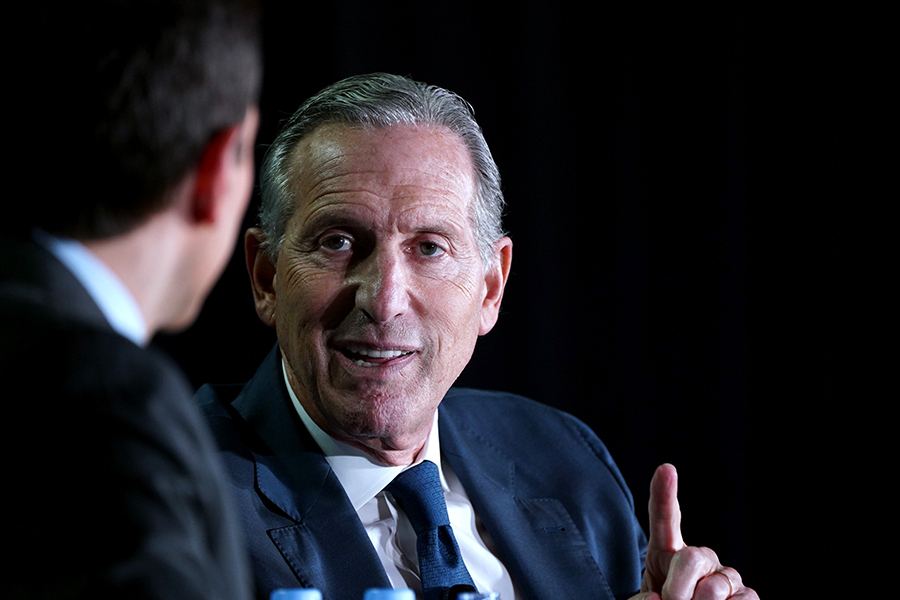Here are the seven characteristics of a successful executive change leader:
1. Is Self-Aware – In a study of 65 change stories from leaders of 33 organizations, researchers found what differentiated successful leaders from others was their level of self-awareness. Successful leaders considered the impact their practices, communication, and behaviors had on the response of the change recipients. Change leaders are aware of how their level of readiness affects the expectations they set, the way they communicate, and their actions. They also know that although he or she may be ready for action, the people most affected by the change are just beginning their journey. The successful executive change leader therefore adjusts their practices, communication, and behaviors accordingly.
2. Walks the Talk – A successful executive change leader asks, “What must I do differently to help people move through the process and achieve the intended outcome?” Every change, regardless of where it is occurring in the organization or its size, is about you and every other leader in your organization. The successful change leader therefore knows the behaviors and activities required to achieve the intended results, and models the behaviors expected.
3. Has Energy and Perseverance – A key part of change leadership is to stay the course while continuing to encourage, support, and demonstrate energy and enthusiasm for the change until you have achieved the intended outcome. In one large change initiative, the Change Sponsor, a Vice President, clearly demonstrated the energy to go the distance. The change was difficult and many of his leaders and employees were uncomfortable. He knew their discomfort was a sign they were making progress. Instead of stopping the change, he simply adjusted the pace and increased the level of support.
4. Is Flexible – Successful change leaders recognize that uncertainty is part of letting go of the current state and embracing the new state. They also know that a flexible plan can reduce the uncertainty and increase their employees’ ability to respond to the transformation.
5. Has Empathy – Successful change leaders lead the change from the perspective of the change-recipients. Although they recognize the need for project timelines, budget, and training they know success depends on the employees’ ability to move through the transition.
6. Trusts Employees – Successful change leaders trust themselves, and they trust their employees. In return they have the trust of their employees. Howard Schulz, the CEO of Starbucks, once talked about his success at turning around the organization after growth started slipping. He talked about the importance of trusting employees; that too often leaders hold back information, afraid it will raise anxiety, get “leaked,” or somehow be used inappropriately. “You have to have confidence, and trust in your people that they will be able to use and protect information. Trust builds when you have authentic respect for your employees.”
7. Seeks Stability – When you are in the midst of large-scale change, your employees may feel everything is changing. Successful change leaders balance change with stability, talking about what is not changing as well as what is changing. Change only has meaning when it is compared with stability and continuity.




































